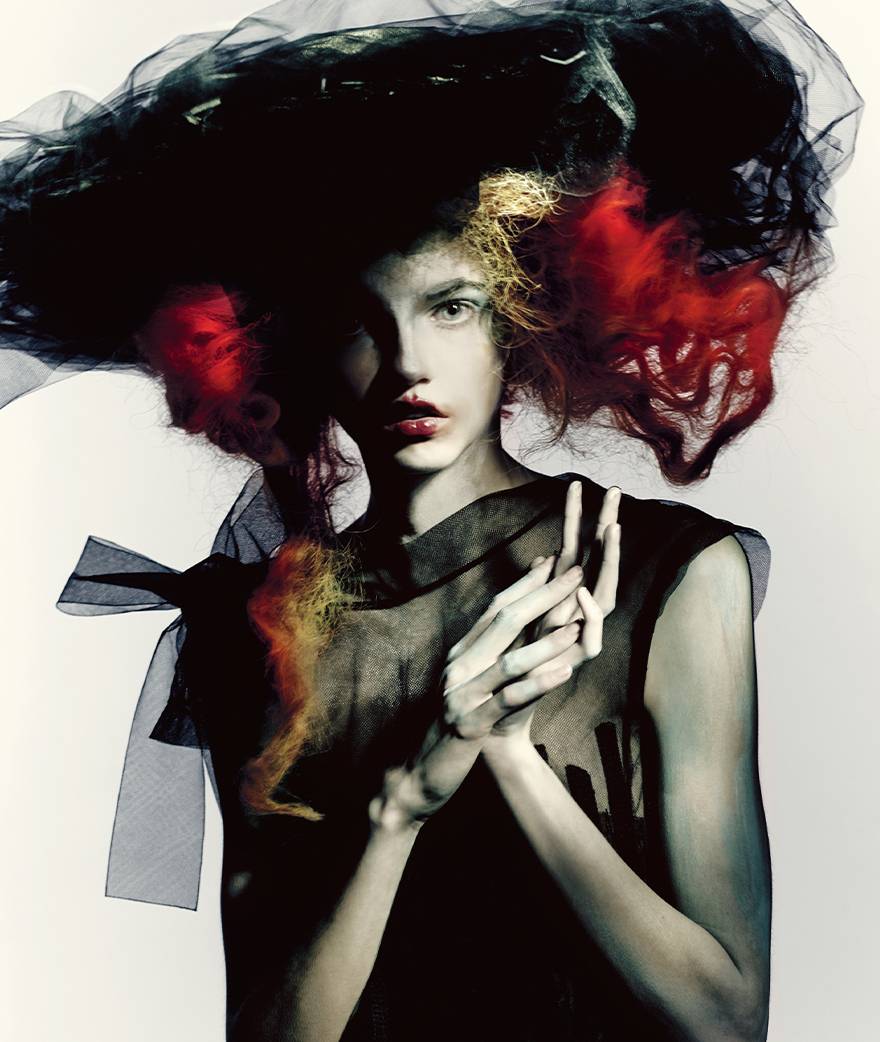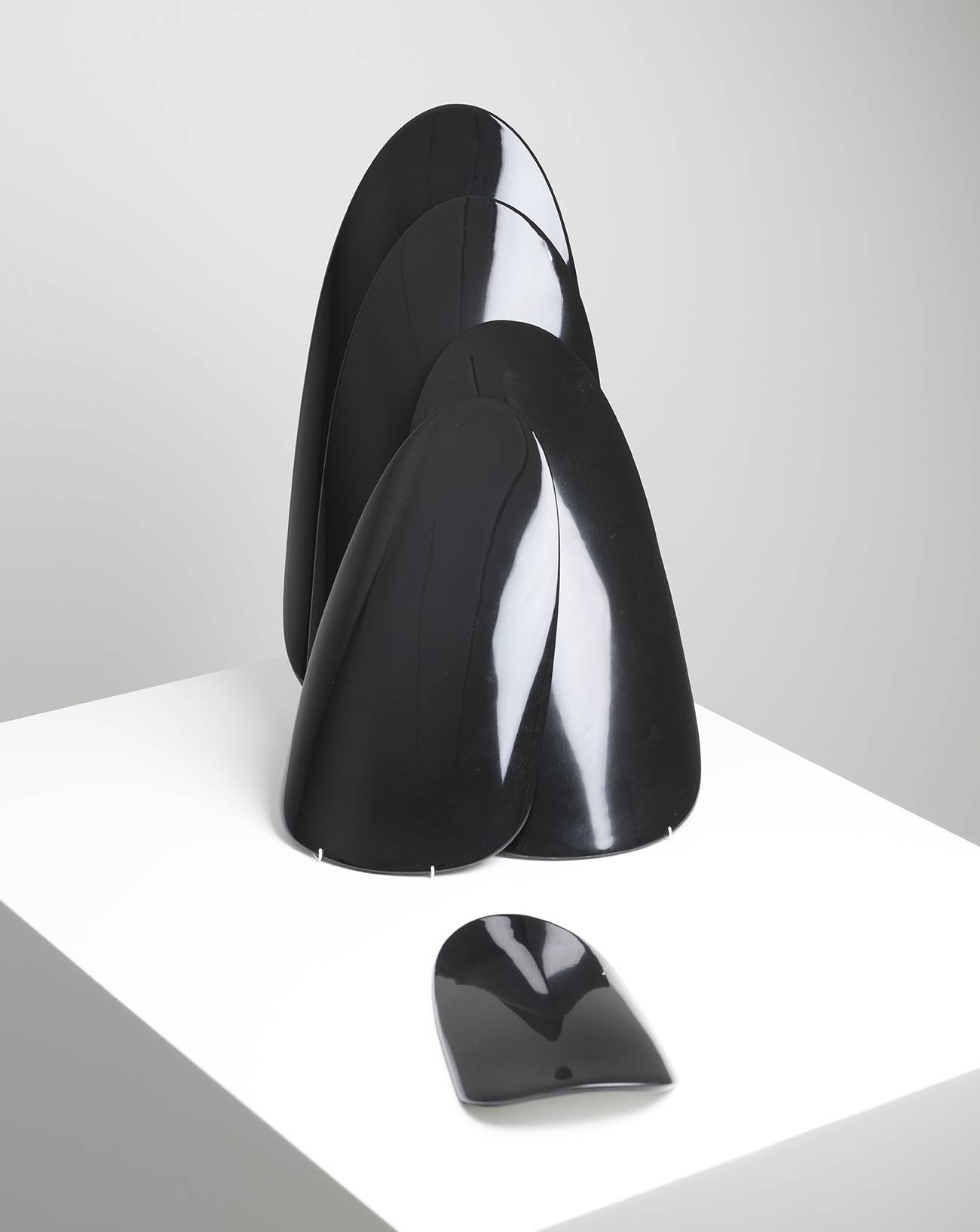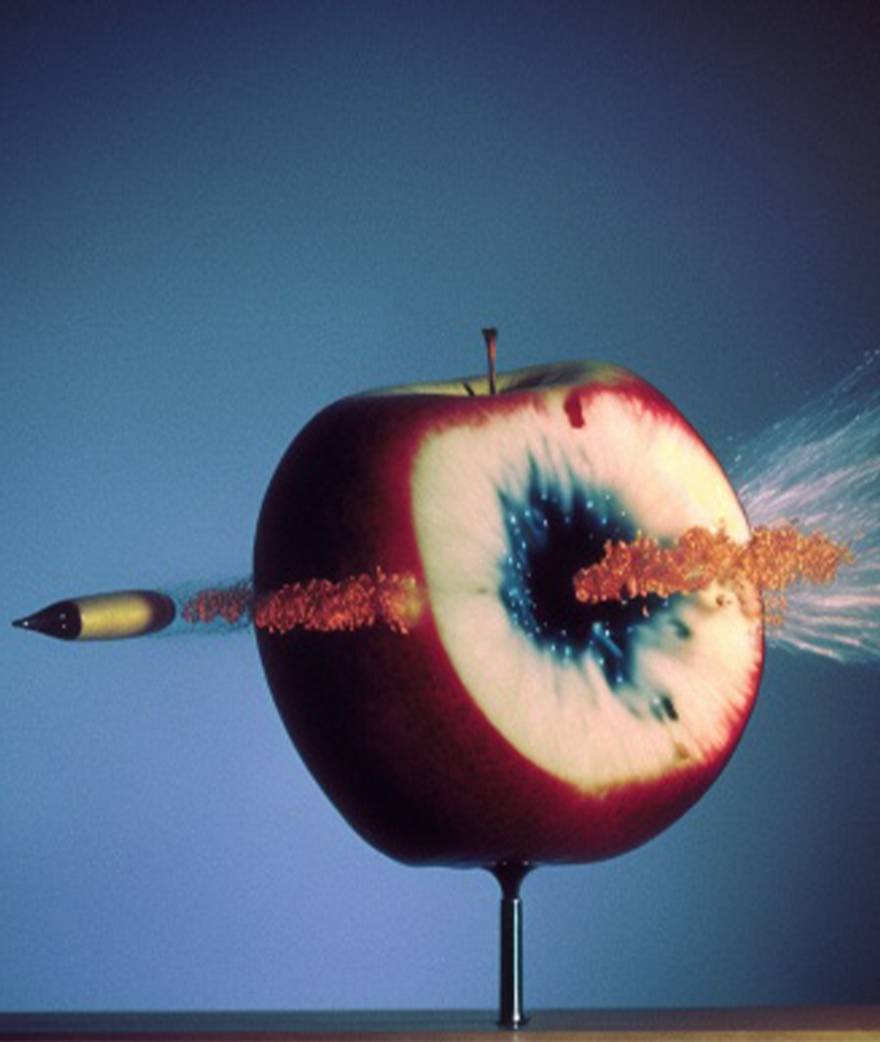

There are no bodies in Chalisée Naamani’s work, although everything in her installations bears their mark. No bodies in the sense that she has spontaneously integrated the philosopher Giorgio Agamben’s lesson that there is no “na- ked life.” And yet, since all life is already suffused with signs, which she cloaks in images and enhances through various techniques, Naamani makes work out of everything that surrounds the body itself, innervates it, informs it, offers it to the world and plunges it into interrelation. To portray the beings who surround her, and who come towards us in their suggested form, both individual and socialized, contemporary and immemorial, Naamani uses rugs, scarves, charms and scraps of fabric as her raw materials. Persian or Parisian, they are sometimes the signifier of individual sto- ries, at others the product of globalized flows. Through a collage approach, she covers them with further layers of her own images, compulsively captured, torn and “screen- shot” from her daily environment, both real and virtual. The distinction hardly matters, since the Thumbelina generation, as philosopher Michel Serres has called it, lives more on screen through its fingertips than through the retina alone. And indeed the surfaces Naamani shapes and drapes, whether clothing or tents, environments or cockpits, swell in all directions, throbbing, breathing, rustling and chatter- ing. Skin and finery become organisms in their own right.


This approach could already be seen in her third-year project at Paris’s École des Beaux-Arts, which she titled Peut- on s’habiller d’images (Can We Dress in Images?), a way of introducing the legitimacy of clothing as a pictorial prac- tice. After attending a painting workshop, Naamani honed her image skills through photography, which she practised daily. It was within this framework that she showed her “vacuum-packed closets,” as she called them, image display cases made using plastic dry cleaner’s garment bags. These were followed by clothing itself, and a transition in her photography from paper to fabric. When she showed Soyez toujours bien habillés (Always Be Well Dressed), her diploma exhibition, her vocabulary was already in place: it has now become an injunction, as much held up as a modus operandi – always dress everything in images – as directed to the viewer who, in turn, to make sense of these contemporary palimpsests, must put in something of themselves.


Which means that the aerial viewpoint we usually adopt for exhibitions will no longer suffice : you must get in close, bend and twist, or, on the contrary, move away to get a better view, and risk walking on one of the printed rugs, which are meant to be stepped on. Confronted with a fortune-cookie slogan and a “Justice for Adama” sign, a Paris Saint Germain scarf and an Eiffel Tower keyring, an #Outfitoftheday selfie and a reproduction of a Renaissance painting, each of us recreates our own narrative from the abundant signs on offer. Since taking it all in at once is impossible, each viewer will construct from out of the totality their own personal constellations. By plunging headlong into the tangle of globalized signs that characterizes late post-capitalism, Naamani shows that subjectivity doesn’t necessarily get lost within it: everything is a matter of reappropriation or, to put it another way, style.









